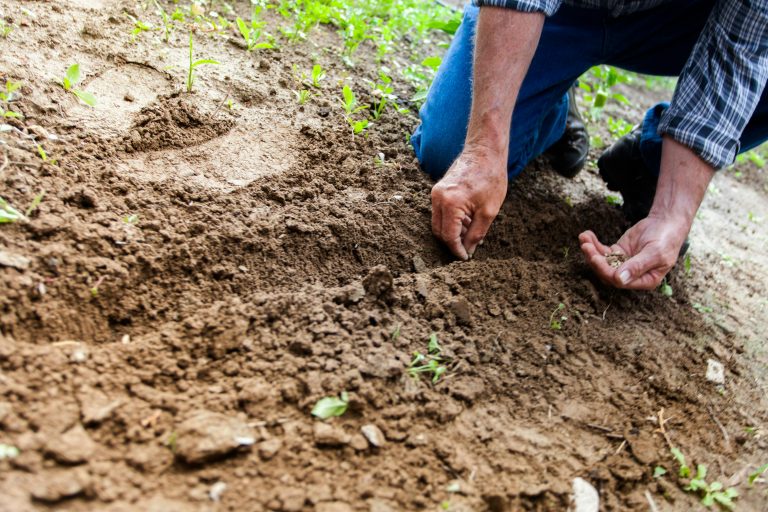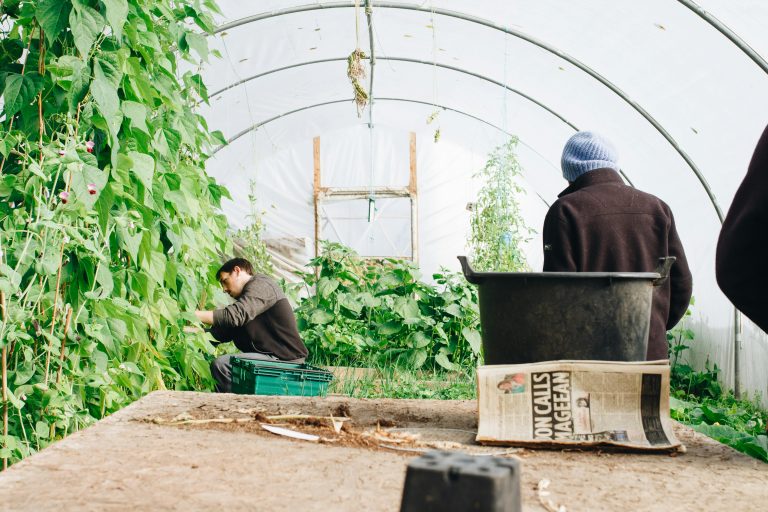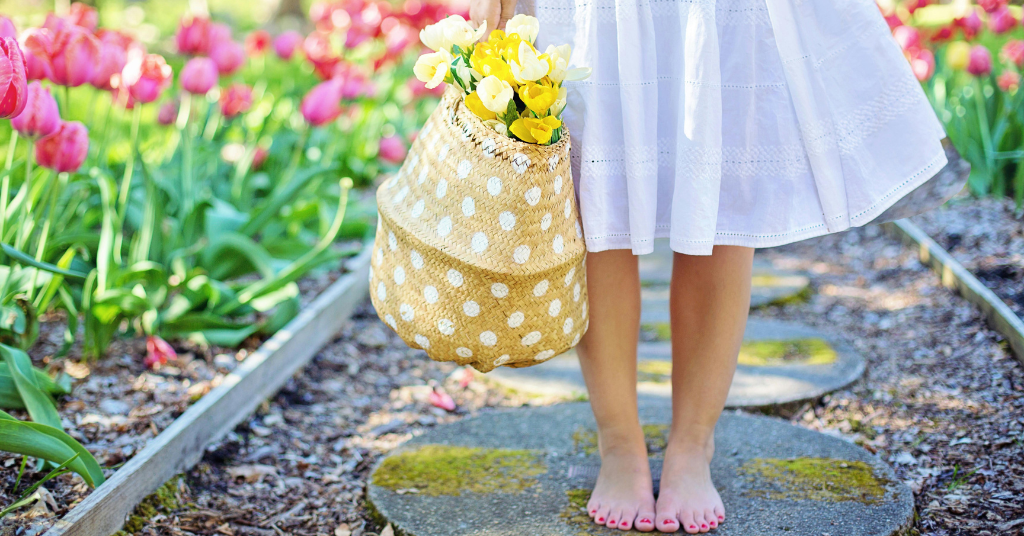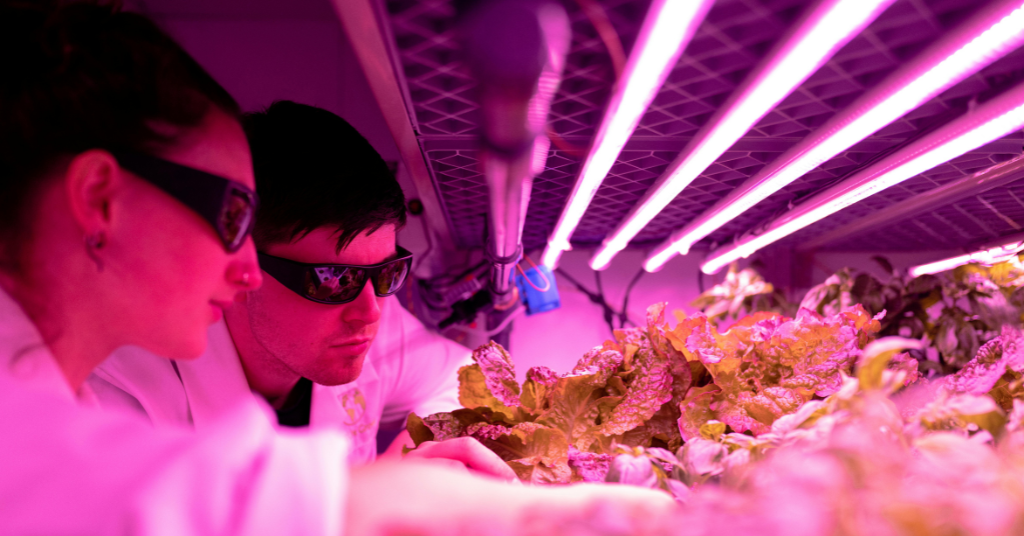As March comes to a close, it’s time to start planning for the warmer months ahead. Gardening offers an excellent opportunity to reconnect with nature, grow your own food, and reduce your environmental impact. Even small changes in gardening practices can support the EU’s Fit for 55 goals by promoting carbon sequestration, reducing water usage, and minimizing chemical inputs. Whether you’re a seasoned gardener or just starting out, these sustainable gardening tips will help you prepare for a greener spring.
The role of gardening in sustainability
Gardening may seem like a small-scale activity, but it can have a big environmental impact. Consider these statistics:
- Urban gardens can reduce the temperature of cities by up to 5°C through cooling effects.
- Composting at home can divert up to 30% of household waste from landfills, reducing methane emissions.
- Growing your own vegetables can lower the carbon footprint of your meals by up to 70% compared to store-bought produce.
By adopting sustainable gardening practices, you can contribute to these positive outcomes while enjoying the many benefits of a thriving garden.
Sustainable gardening tips:
1. Start composting
Composting is an easy way to reduce waste and enrich your soil naturally. Set up a compost bin in your garden or balcony to recycle kitchen scraps like vegetable peels, coffee grounds, and eggshells. This reduces the need for chemical fertilizers and diverts organic waste from landfills, where it would otherwise release methane.
2. Choose native plants
Native plants are well-adapted to your local climate and require less water, fertilizer, and maintenance. For example, lavender and rosemary thrive in Mediterranean climates, while daisies and foxgloves are perfect for northern Europe. By planting native species, you can create a habitat for pollinators like bees and butterflies, which are essential for a healthy ecosystem.
3. Install a rainwater harvesting system
Reduce your water usage by collecting rainwater to irrigate your garden. A simple rain barrel connected to your gutter system can save hundreds of liters of water each year. Use the stored water to hydrate your plants during dry periods.
4. Grow your own food
Even a small vegetable garden can make a big difference. Focus on high-yield crops like tomatoes, lettuce, and zucchini, or plant perennial vegetables like asparagus. Growing your own food reduces the carbon emissions associated with transporting produce and ensures that your meals are fresh and chemical-free.

5. Use organic mulch
Covering your garden beds with organic mulch like straw, wood chips, or shredded leaves helps retain moisture, suppress weeds, and improve soil health. This simple step can significantly reduce the need for chemical herbicides and water.
6. Avoid chemical pesticides
Instead of using synthetic pesticides, opt for natural alternatives like neem oil, garlic spray, or companion planting. For example, planting marigolds alongside your vegetables can deter pests like aphids and nematodes.
Community gardening for a bigger impact
If you don’t have your own garden space, consider joining a community garden. These shared spaces allow residents to grow food and flowers while fostering a sense of community. Community gardens also promote biodiversity and green urban areas, contributing to the Fit for 55 goals by reducing heat islands and improving air quality.

Make your garden a climate hero
Gardening is more than just a hobby—it’s a way to actively contribute to the fight against climate change. By implementing sustainable practices, you can reduce your environmental impact and support the EU’s Fit for 55 initiative. As you prepare for spring, remember that every small change in your garden can help create a greener, healthier future for all.



